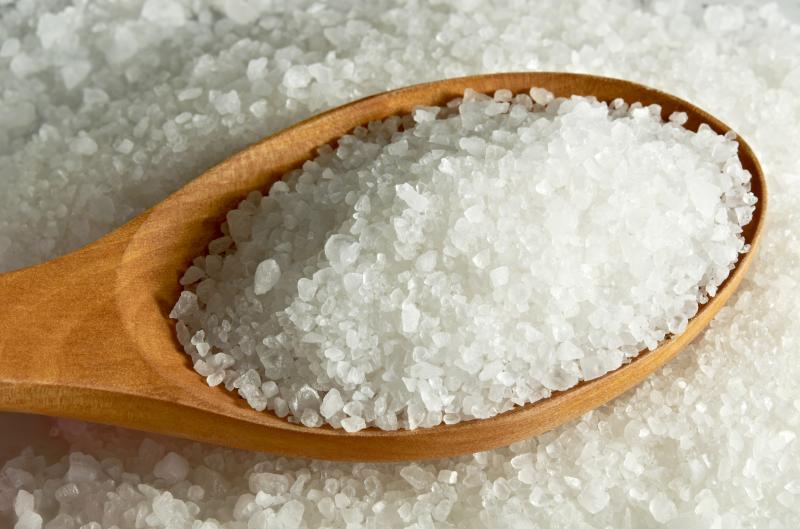Salt substitution reduces stroke recurrence and death





Use of reduced-sodium, added-potassium salt substitutes vs regular salt is safe and significantly reduces risks of stroke recurrence and death, without increasing the risk of hyperkalaemia, a prespecified secondary analysis of the Salt Substitute and Stroke study (SSaSS) has shown.
The SSaSS was an open-label, 1:1 ratio cluster-randomized trial conducted in 600 villages across five provinces in northern China. Out of the total 20,995 participants enrolled, this subgroup analysis included 15,249 participants (72.6 percent of the total trial sample; mean age, 64.1 years; male, 54.1 percent) with a prior history of stroke at baseline assessment, of whom 7,703 were in the salt substitute (sodium chloride:potassium chloride, 75:25) group and 7,546 were in the regular salt group. [JAMA Cardiology 2025;doi:10.1001/jamacardio.2024.5417]
Over a mean follow-up period of 61.2 months, the cumulative recurrence rates in the salt substitution group and regular salt group were 16.8 and 19.1 percent, respectively. Recurrent stroke was 14 percent lower in the salt substitute vs regular salt group (rate ratio [RR], 0.86; 95 percent CI, 0.77–0.95; p=0.005), with larger effects on haemorrhagic stroke (relative reduction, 30 percent; p=0.002). The mean difference in systolic blood pressure (BP) between the two groups was -2.05 mm Hg (95 percent confidence interval [CI], -3.03 to -1.08 mm Hg). No significant difference was observed for hyperkalaemia (RR, 1.01; 95 percent CI, 0.74–1.38; p=0.96).
Use of salt substitutes was associated with a 12 percent relative risk reduction (RR, 0.88; 95 percent CI, 0.82–0.96; p=0.003) in all-cause mortality, driven by a protective effect in vascular deaths. Notably, salt substitute use was also associated with a significant 21 percent reduction in the relative risk of stroke-related deaths.
Stroke patients are at risk of recurrent stroke and related death. The rates of stroke recurrence in China have been reported to be substantially higher than global estimates: 17 vs 10.4 percent at 1 year and 41 vs 14.8 percent at 5 years. Lowering BP is key in stroke prevention. The synergistic effects of both reduced dietary sodium and increased dietary potassium of salt substitutes have been shown to reduce BP in the long term across diverse population groups. [Neurol Sci 2021;42:61-71; Lancet Glob Health 2020;8:e580-e590; Stroke Vasc Neurol 2023;8:e3; Hypertension 2020;75:266-275; Heart 2022;108:1608-1615; PLoS One 2022;17:e0277929]
The dietary sodium/potassium ratio in northern China is much higher than that in southern China and the global average, making salt substitute intervention particularly suitable and effective in rural China where stroke survivors face significant challenges and heightened vulnerability due to socioeconomic and healthcare-related factors. Therefore, even modest BP reductions could translate into significant clinical benefits for this population. [Hypertension 2004;43;1332-1337; Stroke 2019;50:1825-1830]
“This finding shows that salt substitution is a cost-effective option for survivors of stroke by providing considerable health benefits through a simple dietary intervention strategy. It provides direct evidence to shape public health strategies worldwide, especially among populations who rely on home cooking with salt,” noted the investigators.
“When scaled up and sustained over time, the simple intervention of salt substitution could significantly improve secondary prevention of stroke and cardiovascular health on a global scale,” they concluded.